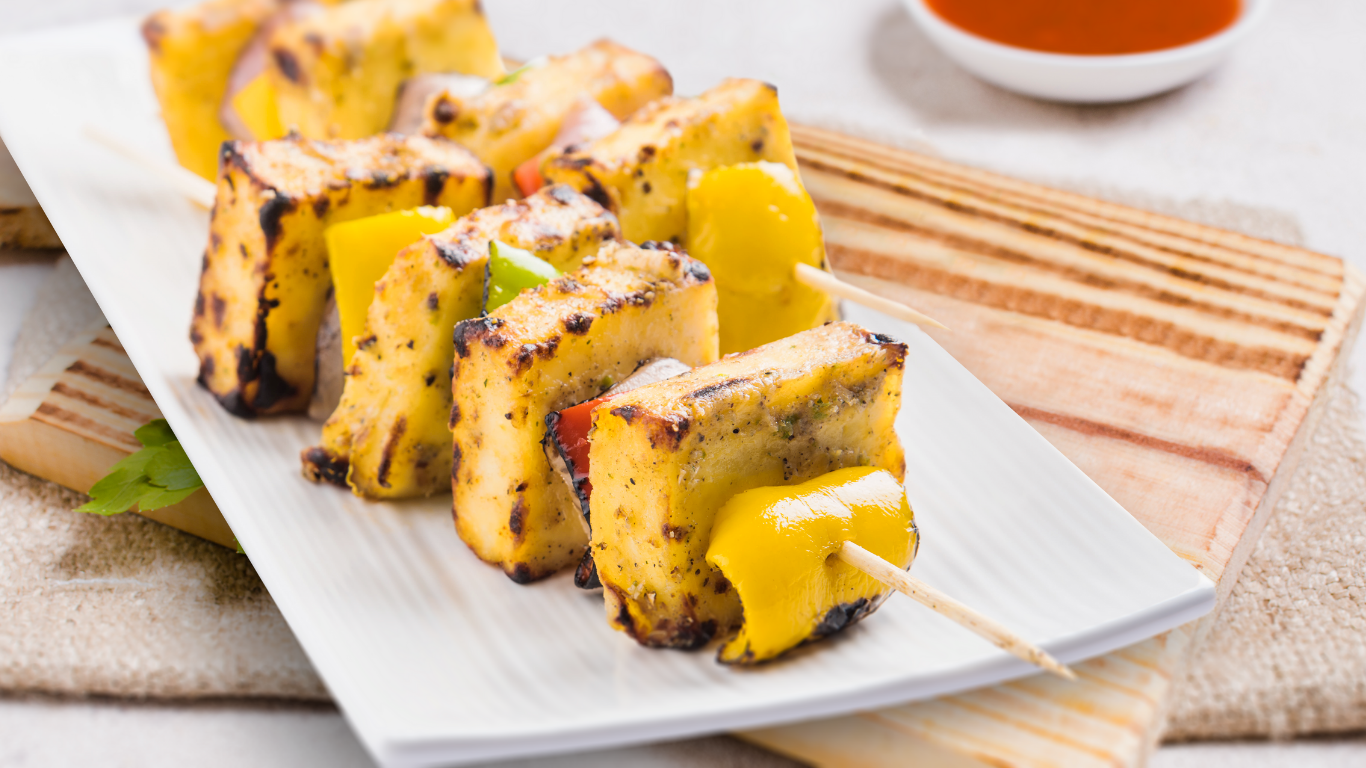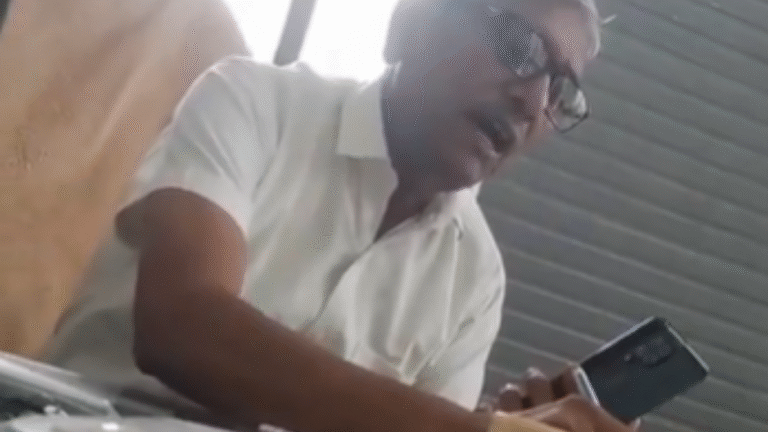
Recently, a shocking discovery in Noida has left many people worried about the food they eat. The local police busted a big operation selling fake paneer, linked to a factory in Aligarh. This news, reported by Hindustan Times and The Lallantop, has raised concerns about food safety in Delhi-NCR, where the fake paneer was sold to street vendors and small eateries. Here are the details of this case, what was recovered, and how this fake paneer was made.
What Happened in Noida?
Late on a Friday night, Noida police got a tip about a Mahindra pickup truck carrying suspicious goods in Sector 63. When they stopped the truck, they found 1,400 kilograms of fake paneer, ready to be sold across Delhi-NCR. Four men, all from Aligarh, were arrested on the spot. The police identified the driver, Gulfam, along with his helpers Naved, Iqbal, and a man named Guddu, who ran the operation. This group had been supplying fake paneer to markets for the last six months, making huge profits by selling it at ₹180-220 per kilogram, much cheaper than real paneer, which costs nearly double. The low price fooled many vendors, who may not have known they were buying fake goods. The police are now investigating whether these vendors were aware of the scam. This bust has sparked a bigger effort to track down other buyers and suppliers involved in this racket.
What Was Recovered?
The police seized a massive haul during the raid. They confiscated 1,400 kilograms of adulterated paneer, along with the raw materials and tools used to make it. The fake paneer was packed to look like the real thing, but it was far from safe. They also took away items like palm oil, painting colors, chemicals, and agricultural products used in the production. The equipment used to mix and shape the fake paneer was also seized. Samples of the paneer have been sent to a lab to test how harmful it might be. Food safety officers have already warned that ingredients like palm oil and poster colors are dangerous for health, making this a serious issue for anyone who consumes this fake paneer.
How Was the Fake Paneer Made?
The process behind making this fake paneer is both clever and alarming. According to the police, the group started by soaking a material called Sortex Clean in water. They mixed 50 kilograms of this material with eight quintals of water or another liquid to create a base. To make it look white and like real paneer, they added paint colors and a blue chemical compound, which is still unidentified. This mix was then curdled to give it a paneer-like texture, cooled, and strained through a cloth to form blocks. The result looked convincing enough to pass as paneer, but it was made with harmful ingredients like palm oil and chemicals instead of milk. This fake product was then sold to vendors, who used it in dishes served at roadside stalls and small restaurants across Delhi-NCR.
Why This Matters
This incident is a wake-up call for everyone who loves paneer, a staple in many Indian dishes. The fake paneer was sold widely, and people may have eaten it without knowing it was unsafe. The health risks are real, as the ingredients used are not meant for human consumption. The police are now working with Aligarh officials to find the source of this operation and stop it for good. They’ve also asked food safety teams to test the seized paneer to understand its full impact. For now, it’s a reminder to check the quality of what we buy, especially from roadside vendors. Simple tests, like boiling paneer in water and adding iodine tincture to see if it turns blue, can help tell if it’s fake. This bust shows how important it is to stay alert about the food we eat every day.



